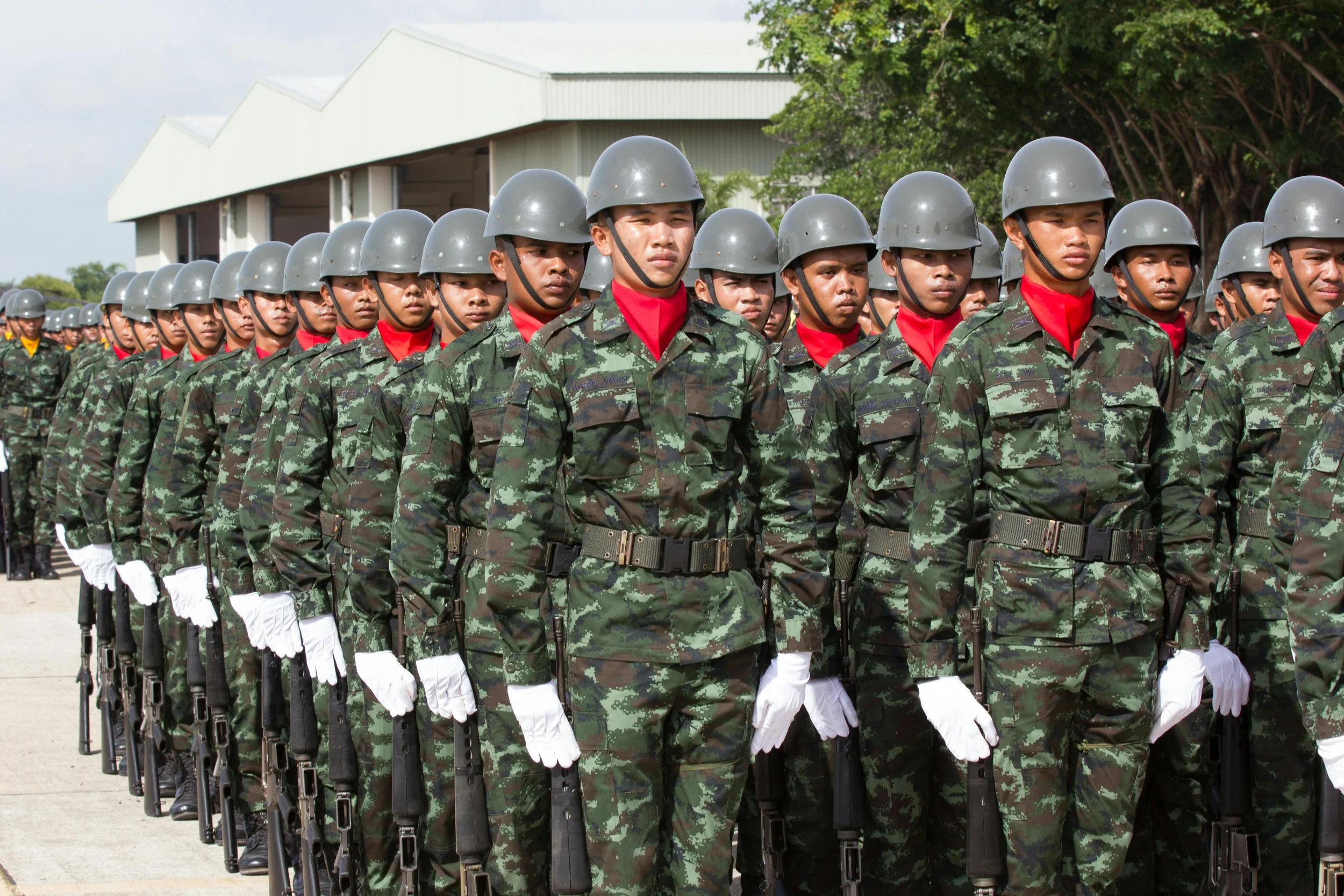Gender-Atypical Male Military Leaders Enhance Followers’ Training Performance
In this interview—part of our ongoing Research Spotlight series highlighting impactful articles published in Psychology of Men & Masculinities, our flagship journal—we speak with the authors of a groundbreaking study that challenges long-held assumptions about masculinity and leadership in high-stakes environments like the military. Their research explores how male leaders who defy traditional masculine norms can positively influence the performance of their teams by reducing pressure to conform to hyper-masculine ideals. Drawing on the concept of Masculinity Contest Culture, the authors show that when leaders create a less competitive, more inclusive atmosphere, team members thrive—even in contexts that have historically rewarded toughness above all else. This work provides valuable insights for individuals interested in leadership, gender dynamics, and organizational culture.
Yoo, S. J., Kim, K., Ku, X., Hyun, S., & Ko, J. (2025). Gender-atypical male military leaders enhance followers’ training performance.Psychology of Men & Masculinities, 26(3), 275–284. https://doi.org/10.1037/men0000525
Photo by Somchai Kongkamsri: Pexels
What were the key questions you were addressing in this article?
While gender-atypical men are often stigmatized as ineffective leaders—particularly in traditionally masculine settings like the military—whether these leaders are objectively effective has been surprisingly understudied. Our article addressed this gap by examining the actual impact of gender-atypical male military leaders on their followers’ performance in high-stakes training environments. In short, we asked: Do gender-atypical male leaders enhance followers’ objective performance? And if so, what is its underlying psychological mechanism?
What were the main conclusions of your article?
Our multilevel analysis revealed that male military leaders’ gender atypicality, in fact, was positively associated with followers’ performance outcomes. Specifically, followers under gender-atypical male leaders perceived their team culture as less masculinity-driven, reflected in lower perceptions of Masculinity Contest Culture (MCC). This shift in MCC perception enhanced their performance by alleviating unnecessary psychological pressures during ‘masculinized’ military tasks (e.g., firearm training, combat swimming). Notably, our additional analyses showed that this performance benefit was uniquely driven by the presence of femininity in male leaders, rather than by a lack of masculinity.
What are the key implications of your article for research, policy, or practice?
I believe our article offers three important implications:
Leaders’ gender traits—not just their sex—deserve attention. While sex-based diversity approaches, such as promoting women into leadership roles, have been effective in advancing gender equity, they can sometimes carry unintended consequences. For example, framing female leadership around a presumed “female advantage” may inadvertently reinforce biological stereotypes that link women to communal or emotional traits, which in turn can lead to penalties when women do not conform to those expectations. Our findings suggest that a complementary, gender-based approach—one that considers leaders’ gender traits—can offer new insights. Rather than focusing solely on who holds leadership roles, we highlight the importance of how leaders’ gender traits serve as social signals that shape team functioning.
Men’s gender atypicality can reshape team culture in productive ways. The indirect effect we observed—where gender-atypical male leaders reduced followers’ perceptions of MCC and in turn improved performance—demonstrates that such leaders play an active role in reshaping team culture. This has practical relevance in today’s increasingly agile work structures, such as “Scrum” or project-based teams, where culture is formed quickly and leadership signals are particularly influential. Encouraging gender-diverse leadership styles in these settings may help organizations counteract rigid masculinity norms and foster healthier team dynamics.
Men’s femininity is not simply the absence of masculinity—and it matters. Our additional analyses indicate that it is not the absence of masculinity, but the presence of femininity in male leaders that shaped team culture and performance. This suggests that men’s femininity operates as a qualitatively distinct construct—socially and psychologically—rather than simply reflecting gender nonconformity or weakness. Future research should investigate how this form of expression functions in its own right, apart from masculinity deficits or parallels to femininity in women. Recognizing this distinction is essential for advancing theory on gender, leadership, and identity in organizations.
Where do you see this line of research heading in the future (i.e., what’s next)?
A key next step is to investigate how men’s femininity is uniquely perceived as a distinct social signal. Prior gender and stereotype theories have often entangled the lack of masculinity with the presence of femininity, particularly in social contexts where individuals are motivated to categorize others quickly and efficiently. This conflation has limited our understanding of how different forms of gender atypicality are interpreted—and what they actually mean to observers.
One important line of inquiry, then, is to ask: how do observers differentiate between men’s femininity, women’s femininity, and men’s lack of masculinity in professional contexts? Understanding these distinctions can reveal the specific biases or expectations triggered by gender-atypical men.
Another promising direction involves exploring how these perceptions vary across organizational settings. For example, what does men’s femininity signal in traditionally masculine fields such as the military or finance, compared to more gender-atypical domains like fashion, education, or cosmetics? Do these differences shape how such leaders are evaluated, accepted, or penalized? This line of inquiry might uncover when and why men’s femininity is met with recognition, resistance, or reward.
How did you become interested in this line of inquiry?
Having often been labeled a “feminine” boy while growing up, I became increasingly curious about how gender-atypical men are perceived—particularly in environments where traditional masculinity is strongly emphasized. This question became especially salient during my military service, where I observed that gender-atypical men were often seen as unfit for traditionally “masculinized” leadership roles, yet their squads tended to be more inclusive and often performed exceptionally well.
Later, during my master’s studies in the Organizational Psychology Lab at Seoul National University, under the guidance of Dr. Kawon Kim, these personal experiences evolved into a formal research question: How does a male leader’s gender atypicality influence followers’ cognition and performance behaviors? I was fortunate to pursue this question through a collaborative research project between our lab and the Korea Military Academy. Together, we collected multi-source data from cadets participating in a structured training program, including both survey responses and standardized performance metrics.
We are now exploring a broader range of psychological experiences among men in the military—including their well-being, occupational perceptions, career aspirations, and identity development over time. I ultimately hope to advance theoretical understanding of men and masculinities across diverse contexts, and to inform real-world organizational practices that can benefit from scientific insight.
Seung Joo Yoo
M.A. Post-Master’s Researcher Organizational Psychology
Lab
Seoul National University
Incoming PhD Student Stanford Graduate
School of Business
seungjooyoo24@gmail.com


